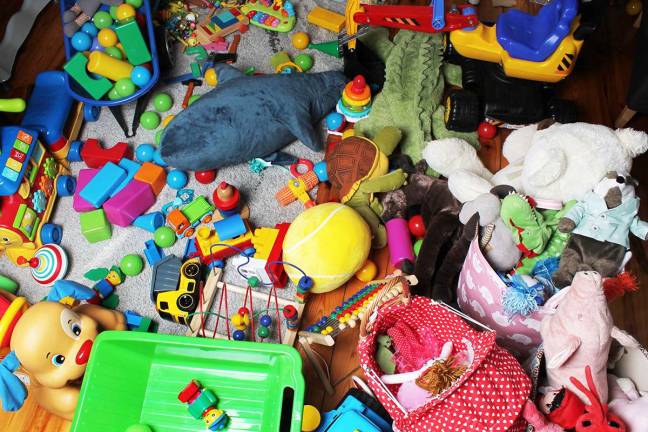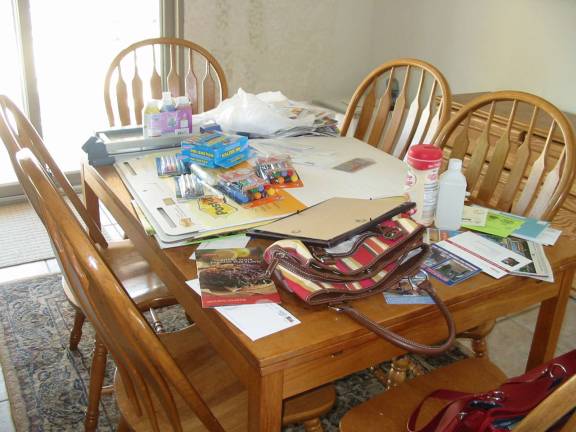Clutter causes stress for middle-class families



By Meg Sullivan
It's the place to look for the plumber's phone number, the date of the next doctor's appointment, that photo from your summer vacation and the spelling test your kid aced last week.
Yet even for all these telling glimpses into the minutiae of daily life, your refrigerator door reveals much more about your middle-class family.
The sheer volume of objects clinging to it may indicate how much clutter can be found throughout your home. Furthermore, that clutter provides a strong clue to how much stress Mom feels when she walks through the door at the end of a day at work.
This is one of the juicy tidbits from "Life at Home in the Twenty-First Century: 32 Families Open Their Doors," the first book by researchers affiliated with the Center on Everyday Lives of Families at the University of California, Los Angeles (UCLA). A team of professional archaeologists, anthropologists and other social scientists conducted a systematic study of home life in 32 middle-class, dual-income families in Los Angeles. The resulting book presents a troubling picture: costly but virtually unused "master suites"; children who rarely go outside; stacks and stacks of clutter; entire walls devoted to displays of Barbie dolls, Beanie Babies and other toys; garages so packed with household overflow that cars have to be parked on the street.
The book, published by UCLA Cotsen Institute of Archaeology Press, shows how these families are using their time, what they do with the stuff they buy, how much use different parts of their homes get and what aspects of home life cause stress. It focuses on the physical surroundings of the families and, in the parlance of anthropologists, their "material culture," a subject that includes everything from art and trophies to televisions and outdoor furnishings and actually is much less understood than one might think.
The researchers doggedly videotaped the activities of family members, tracked their every move with position-locating devices and documented their homes, yards and activities with reams and reams of photographs. They asked family members to narrate videotaped tours of their homes and took measurements at regular intervals of stress hormones via saliva samples.
The researchers then plotted, compared and correlated the mountains of data they had collected over the course of four years.
"Most of the time, the average American cannot see that which is most deeply familiar," said co-author Anthony P. Graesch, an assistant professor of anthropology at Connecticut College. "But when you invite anthropologists into your home, they will force to you step out of the 'insider's' perspective and examine your house, your possessions, the ways that you use time."
Source: UCLA Newsroom: newsroom.ucla.edu